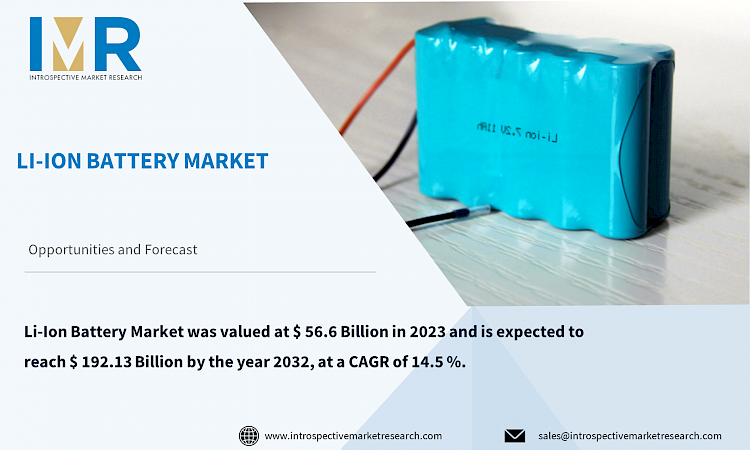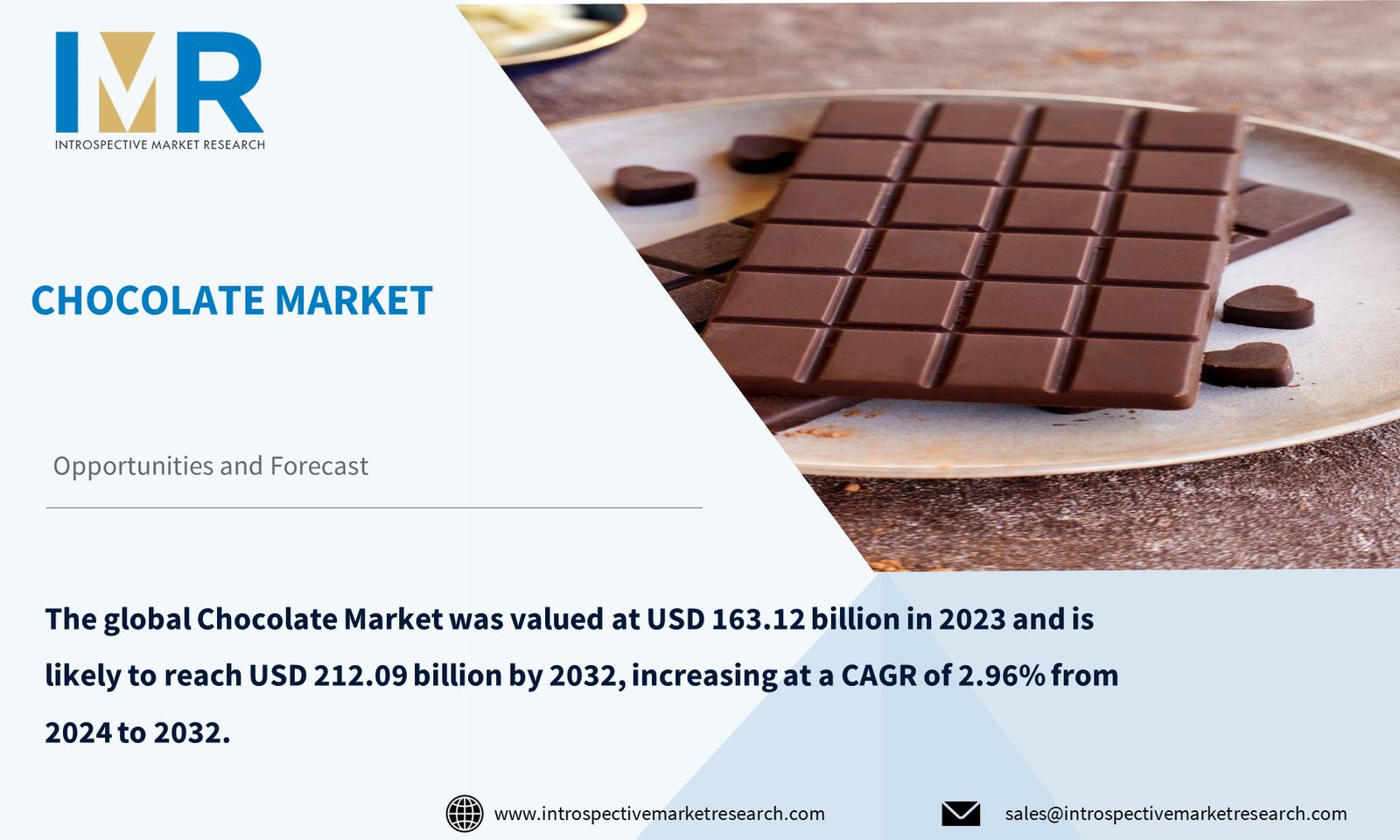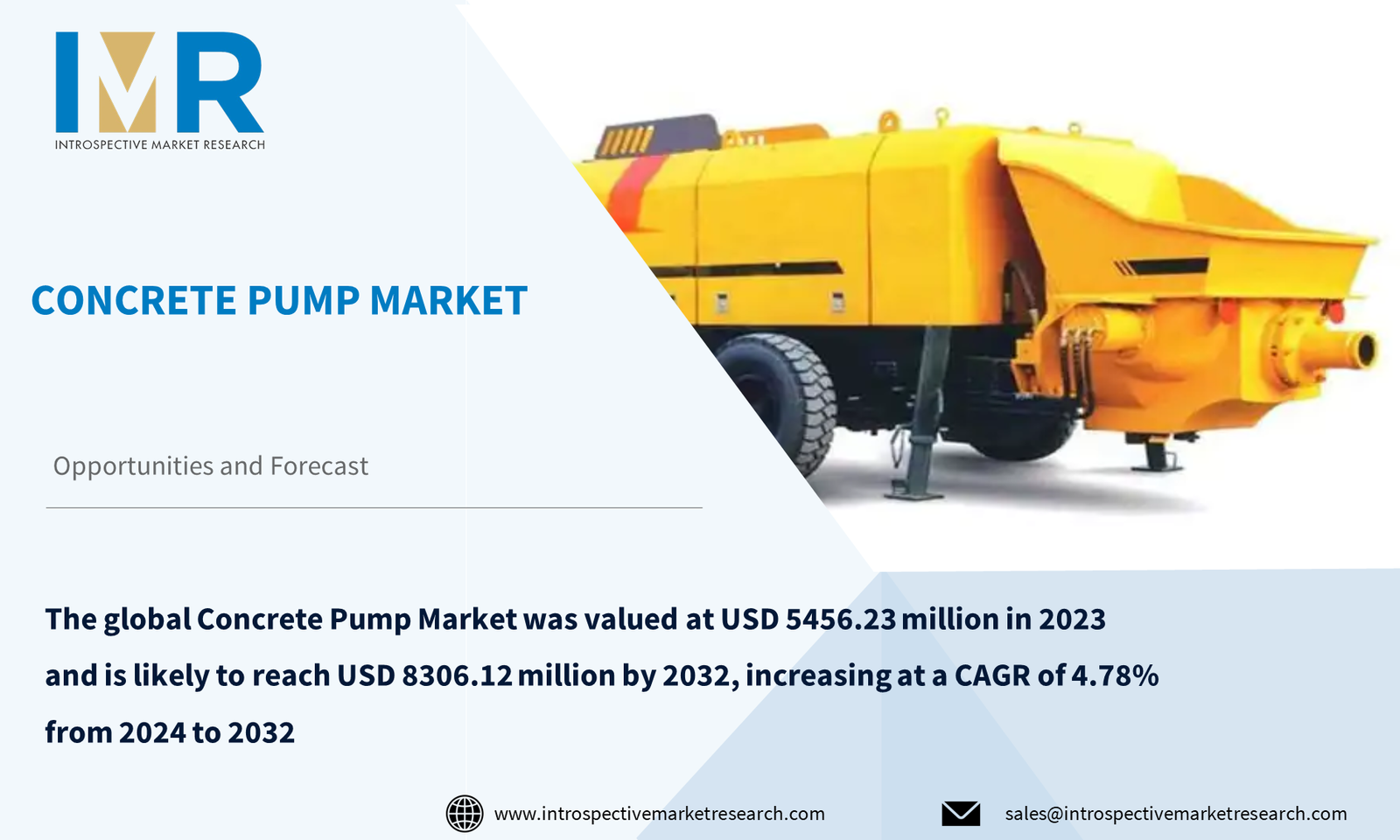Li-Ion Battery Market
According to a new report published by Introspective Market Research, titled, “Li-Ion Battery Market by Vessel Type, by Product Type, by Capacity, by Voltage, by Application, and Region Global Market Analysis and Forecast, 2024-2032.
The Global Li-Ion Battery Market was valued at $ 56.6 Billion in 2023 and is expected to reach $ 192.13 Billion by the year 2032, at a CAGR of 14.5 %.
Lithium-ion batteries are rechargeable batteries that store energy through the intercalation of Li-ions into electronically conducting solids. They are known for their higher specific energy, energy density, energy efficiency, and longer cycle life. The lithium-ion battery market has evolved significantly since its commercial introduction in 1991, with the volumetric energy density growing three times and the cost increasing ten times over the past three decades. Lithium-ion batteries are crucial for portable electronic devices, automotive, renewable energy, and personal mobility. They are preferred in the automotive industry due to their durability, high energy density, and lightweight nature. The market is also significant in renewable energy storage systems, with compatibility with solar energy systems and their role in medical devices and personal mobility solutions.
The Li-ion Battery market is growing due to its widespread use in portable consumer electronics like mobile phones and laptops. Key factors driving growth include high energy density, high power-to-weight ratio, excellent energy efficiency, high temperatures, reliable performance, and long-lasting service life. The low self-discharge rate of lithium-ion batteries further increases their use in consumer electronics and electric vehicles (EVs).
The global shift towards electric vehicles (EVs) has increased the demand for lithium-ion batteries, highlighting the need for efficient recycling to preserve resources and reduce environmental impact. By 2030, approximately 11 million tons of LIB waste will be generated, emphasizing the importance of battery recycling. Recycling reduces battery environmental impact and provides essential raw materials for future batteries. While previously focused on recycling used batteries, the recycling of battery production waste is becoming increasingly significant. Battery recycling technology has evolved, with the focus shifting from used batteries to battery production waste.
Global Li-Ion Battery Market, Segmentation
Li-Ion Battery Market is Segmented Based on Product Type, Capacity, Voltage, Application, and Region.
Type:
Lithium Cobalt Oxide (LCO) segment is expected to dominate the market during the forecast period
The demand for lithium cobalt oxide (LCO) batteries has surged in various consumer electronics sectors, including mobile phones, tablets, laptops, and cameras, due to their high energy density and safety level. Customers seek devices that can pack more power into smaller, more compact forms, ensuring safety. LCO batteries meet these requirements, offering longer runtimes between charges and high safety standards, making them ideal for portable electronics. Consumers also prefer devices with longer battery life and faster charging capabilities, leading to an increasing demand for LCO batteries. In the electric vehicle (EV) industry, LCO batteries play a lesser role, with 183 kt of cobalt supplied in 2022, compared to 40 kt for other batteries and 19 kt for other segments.
Application:
Consumer Electronics segment dominates the market. Rechargeable lithium-ion batteries have revolutionized the consumer electronics industry by providing long-lasting, high-energy-dense power sources for various devices. These batteries offer durability, high energy density, lightweight construction, and easy charging without fully discharging. They are preferred by manufacturers due to their compactness, longer service life, and minimal damage during disposal. Their compatibility with various devices, like digital cameras, increases their appeal. In personal mobility and electric vehicles, lithium-ion batteries drive development, offering lightweight, long-lasting power solutions for portable power sources, electric scooters, and cars. They offer fast charging options, less mechanical wear and tear, and expand driving range. Due to their versatility, longevity, and environmental friendliness, lithium-ion batteries have become the most popular choice for powering consumer electronics, fulfilling a wide range of needs from everyday devices to advanced batteries.
Region:
Asia Pacific Expected to Dominate the Market Over the Forecast Period. The Asia-Pacific region is a major player in electric vehicle (EV) and lithium-ion battery production, with China dominating the market. China holds a 56% share of the global EV battery market, with four of the top ten largest battery producer organizations from the region. China's influence extends to the entire battery supply chain, from mining metals to refining components. In 2023, China's lithium-ion battery sector saw a 25% increase in output, surpassing 940 GWh and exceeding 1.4 trillion yuan ($197 billion). South Korean companies, including Samsung SDI, SK On, and LG Energy Solutions, contributed 26% to global EV battery production in 2022. Japan, accounting for 10% of total EV battery production worldwide, has a significant role in the industry, with battery production reaching nearly 930 billion Japanese yen annually. The region's influence extends beyond EV batteries to lithium-ion batteries as a whole, with Japan and South Korea collectively accounting for 4.9% of global manufacturing capacity in 2021.
Some of The Leading/Active Market Players Are-
- A123 SYSTEMS LLC (USA)
- QUANTUMSCAPE CORPORATION (USA)
- ENERDEL, INC. (USA)
- JOHNSON CONTROLS INTERNATIONAL PLC (IRELAND)
- SAFT GROUPE S.A. (FRANCE)
- NORTHVOLT AB (SWEDEN)
- ECLANCHÊ SA (SWITZERLAND)
- LG ENERGY SOLUTION (SOUTH KOREA)
- SAMSUNG SDI (SOUTH KOREA)
- SK ON (SOUTH KOREA) and Other Active Players
Key Industry Developments
- In February 2024, LG Energy Solution strengthens its partnership with WesCEF and ensures a stable lithium supply chain for the North American market. LG Energy Solution announced that it has signed a lithium concentrate purchase agreement with Wesfarmers Chemicals, Energy and Fertilizers, further advancing the companies' existing partnership to provide efficient and sustainable energy solutions to the North American market.
- In October 2023, Samsung SDI, Stellants Announced Kokomo, Indiana as the Site of the Second US StarPlus Energy Gigafactory. Samsung SDI and Stellantis N.V. announced that a second US battery manufacturing facility will be established in Kokomo, Indiana as part of a StarPlus Energy joint venture. The new StarPlus Energy plant will start production in early 2027 and will have an annual capacity of 34 gigawatt hours (GWh).
Key Findings of the Study
- Lithium Cobalt Oxide (LCO) batteries are expected to dominate the market due to their high energy density and safety standards, particularly in consumer electronics.
- The Asia-Pacific region, particularly China, dominates the market with a 56% share of the global EV battery market and significant contributions from South Korea and Japan.
- The shift towards electric vehicles has increased the need for efficient battery recycling to preserve resources and reduce environmental impact, with a focus on both used batteries and battery production waste.







